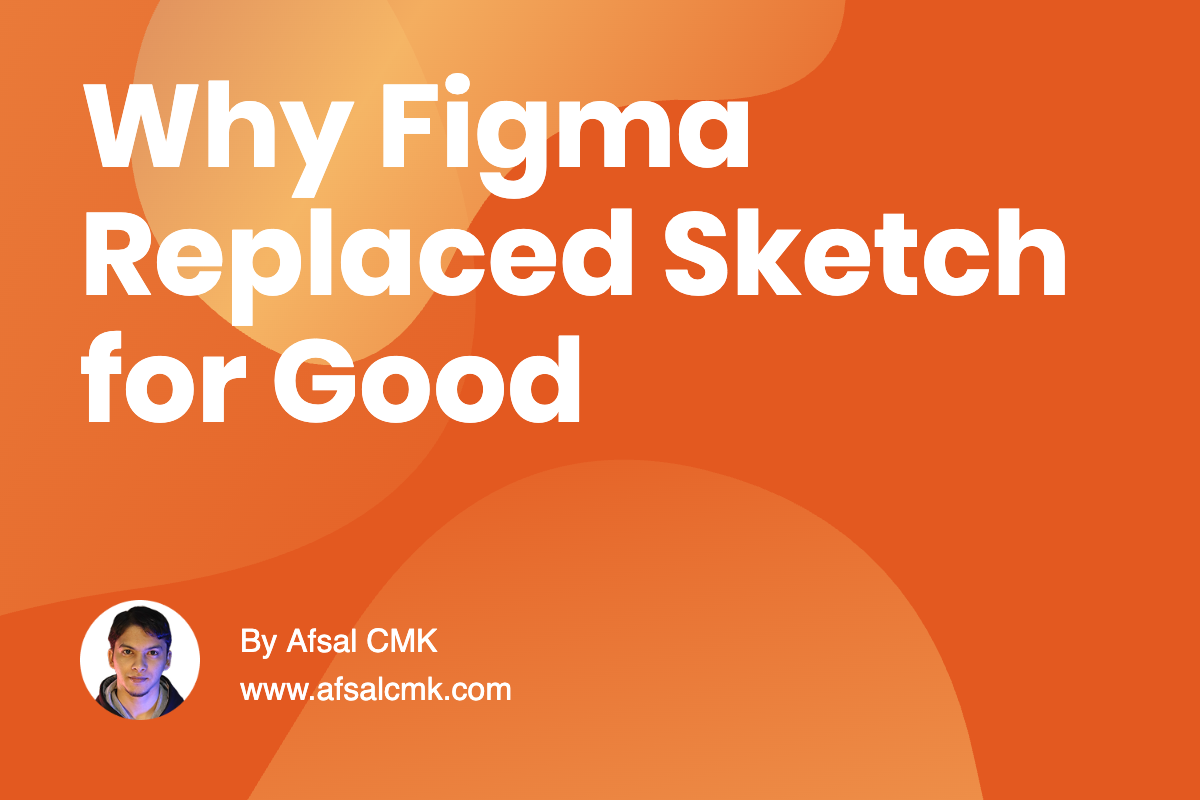
Why Figma Replaced Sketch for Good
When I started using Sketch, it felt like the future of design. Clean interface, vector-first, and purpose-built for UI work-it quickly became the tool of choice for many designers. But as teams grew and projects became more collaborative, Sketch’s cracks started to show. File compatibility between versions was a constant headache. Sending a .sketch file to someone on a different version often meant broken layouts or missing assets. Collaboration felt clunky, and keeping everyone in sync became its own task.
Then came Figma. At first, I was skeptical. A browser-based design tool? It sounded risky. But within weeks of using it, the advantages became impossible to ignore. No installs, no version mismatches, no “final_final.sketch” files floating around. Everything lived in the cloud, accessible to the whole team in real time. It didn’t just replace Sketch-it redefined how design collaboration worked.
I remember one project where Sketch nearly derailed our workflow. Half the team couldn’t open the latest file because they hadn’t updated to the right version. By the time we resolved compatibility issues, we had already lost momentum. Switching to Figma eliminated that friction instantly. Everyone was looking at the same design, in real time, without worrying about file management.
Here’s why Figma took over and why I believe it’s here to stay:
- Seamless collaboration – multiple people can design, comment, and prototype in the same file without conflict.
- Version control built-in – no more compatibility issues or endless file iterations. Every change is tracked automatically.
- Cross-platform access – runs in the browser, works on Mac or Windows, and keeps teams aligned wherever they are.
- Community and ecosystem – plugins, templates, and resources make the tool richer every month.
Of course, no tool lasts forever. At some point, something will come along that challenges Figma, just as Figma did to Sketch. But its combination of cloud-native collaboration, constant updates, and a growing ecosystem make it clear that it’s not going away anytime soon. For now, Figma isn’t just the tool we use-it’s the standard for how modern design teams work together.